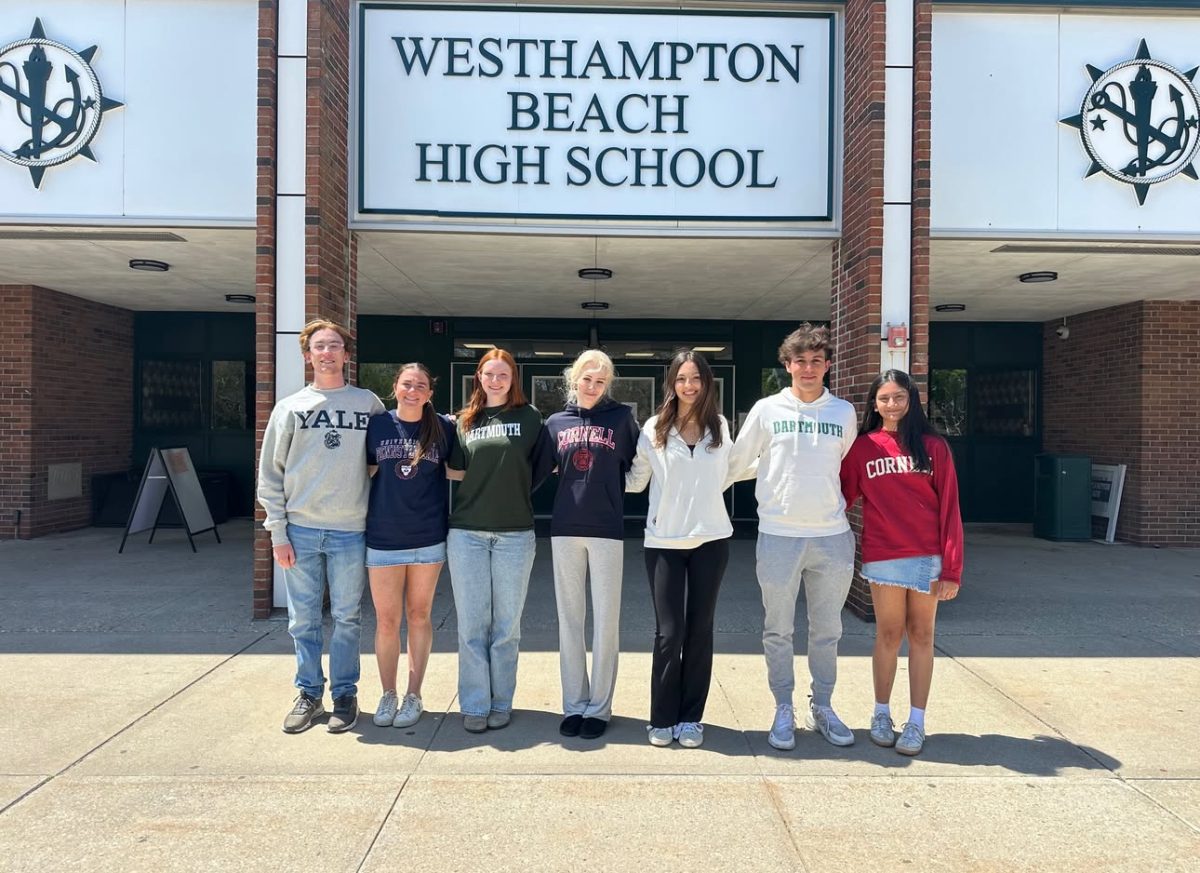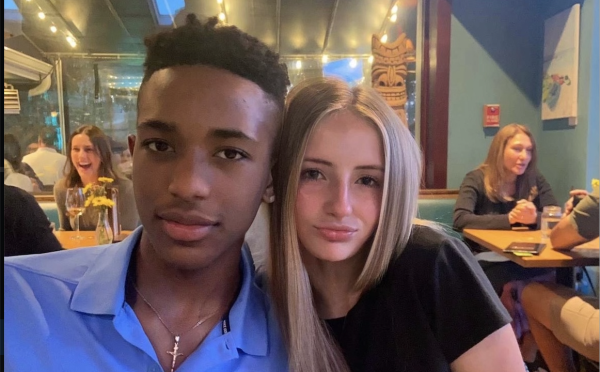Currently the Israel and Gaza protests at Columbia seem to be dominating every news station. It is important to know what is causing these tension filled protests.
The pictures of protestors fighting through the use of their First Amendment rights, and hear the whisperings of people worried about what might occur, but do we really know the information for why these protests are taking place? Why Columbia? What about Israel and Gaza? Has this ever happened before?
First let’s start with what happened to spark these conflicts. Before 1948, Britain took control of the area known as Palestine, following the defeat of the Ottoman empire in WWI. The land was inhabited by a Jewish minority and an Arab majority, including numerous other small ethnic groups. The British mandate over Palestine endorsed the League of Nations to give Palestine to the Jewish minority saying it was their ancestral land. This posed a problem because Palestine Arabs also claimed the land and opposed the move; in 1947 the UN voted for Palestine to be split into separate Jewish and Arab states. Two hundred thousand Palestinians fled or were expelled from their homes and settled in the Gaza strip as refugees. Jerusalem became an international city and in 1948 Britain withdrew and Jewish leaders declared the creation of the state Israel. As of 2023 the war began when Hamas-led militant groups launched a surprise attack on Israel on October 7th. This ‘surprise attack’ included several thousands rockets concurrent to around 3,000 militants breaching the Gaza-Israel barrier, attacking Israeli civilian community, and military bases.
Israel launched an attack in retaliation on October 27th 2023 with the stated intention to destroy Hamas (the military and political movement that prior had launched the attack on Israel). This began the set of attacks and deaths that continued on into 2024, with the growing conflict, the awareness of American citizens and involvement grew as well.
Today’s youth chose to take a stand and begin protesting on the Columbia University campus, much like how years prior the youth of the 60s chose to fight against the Vietnam War within college campuses throughout the US. The protests, beginning last fall, escalated significantly.
Starting peaceful, then slowly spinning into one of chaos, there is the most recent example: breaking into Hamilton Hall. Jewish students on the campus have reported numerous accounts of anti-semitism, although many believe that anti-semitism does not fuel the protests. The protests began peacefully but escalated significantly; students broke in and occupied Hamilton Hall within Columbia’s campus and this sparked police officers in riot gear to conduct over 100 arrests.
Administration closed the campus (receiving outrage and anger from students currently studying there), all classes were moved to be online, and the protests only took a turn for the worse after this set of events.
Americans throughout the country are posing the question, beyond a certain point are the escalating protests helping to change the circumstances in Israel and Gaza? Columbia’s administration agreed to review proposals about divestment, shareholder activism, and other issues to create health and education programs within Gaza and the West Bank (the landlocked territory near the coast of the Mediterranean). Many thought this would disperse the protests and appease those on campus, but it only enraged people more.
The initial protest was an effective way to show how many American citizens are adhering to their First Amendment rights and opposing the war, but soon there was a change of tactics, destruction of property, and an overall outrage from both students and protestors. Speaker Mike Johnson says calling the National Guard on Columbia protests would be ‘appropriate’ if threats did not cease. Many are asking, What is the hesitation for the calling of the National Guard?
On May 4, 1970 on the Kent State University campus in Ohio, the National Guard fired into a crowd of Kent Stater University demonstrators killing four and wounding nine other students. Kent State forever went down in history the moment the 1,200 National Guardsmen resided on the campus in order to resolve the tension, only for the outrage to spark a wildfire.

Mr. Williams, an AP U.S. history teacher, speaks about the history and impact of Kent state throughout the year, teaching his students of the role it played when speaking about the 60s’, a place well-known among his students. Mr. Williams says, “It was a big deal because the day Nixon had invaded Cambodia people began releasing he was expanding the war, not ending it. This was the first time the National Guardsmen with live rounds open fired on the crowd killing four people, and in the context of the 60s’ the idea that it has gotten so bad in America that we are now shooting our own people in the broad daylight.”
Although Mr. Williams agrees that in certain aspects the protests have similarities but he sees them as very different. During the Kent State protests all those who were demonstrating were actual students that attended the University, while today on the Columbia Campus more than one third of those protesting are not even from New York. They were professionals and came to support a cause, but people are enraged that they are so willing to disrupt student life and they aren’t even students.
Although today people are coming together to unionize and protest, people say “It is just not as organic as it was in the sixties.” A survey distributed shortly after the killing and wounding of 13 Kent State students asked if the killings were justified and more than 90% of Americans said it was the right thing to do. To watch your country be eaten apart from the inside out is a heartbreaking thing to witness, and this influential time in our country’s history proves to be a perfect example.
Having learned from their experiences, this now leads for those in power to be hesitant to call the National Guardsmen in to ‘disband’ the protestors. People are doing whatever they can to make sure, history doesn’t repeat itself at Columbia University.








